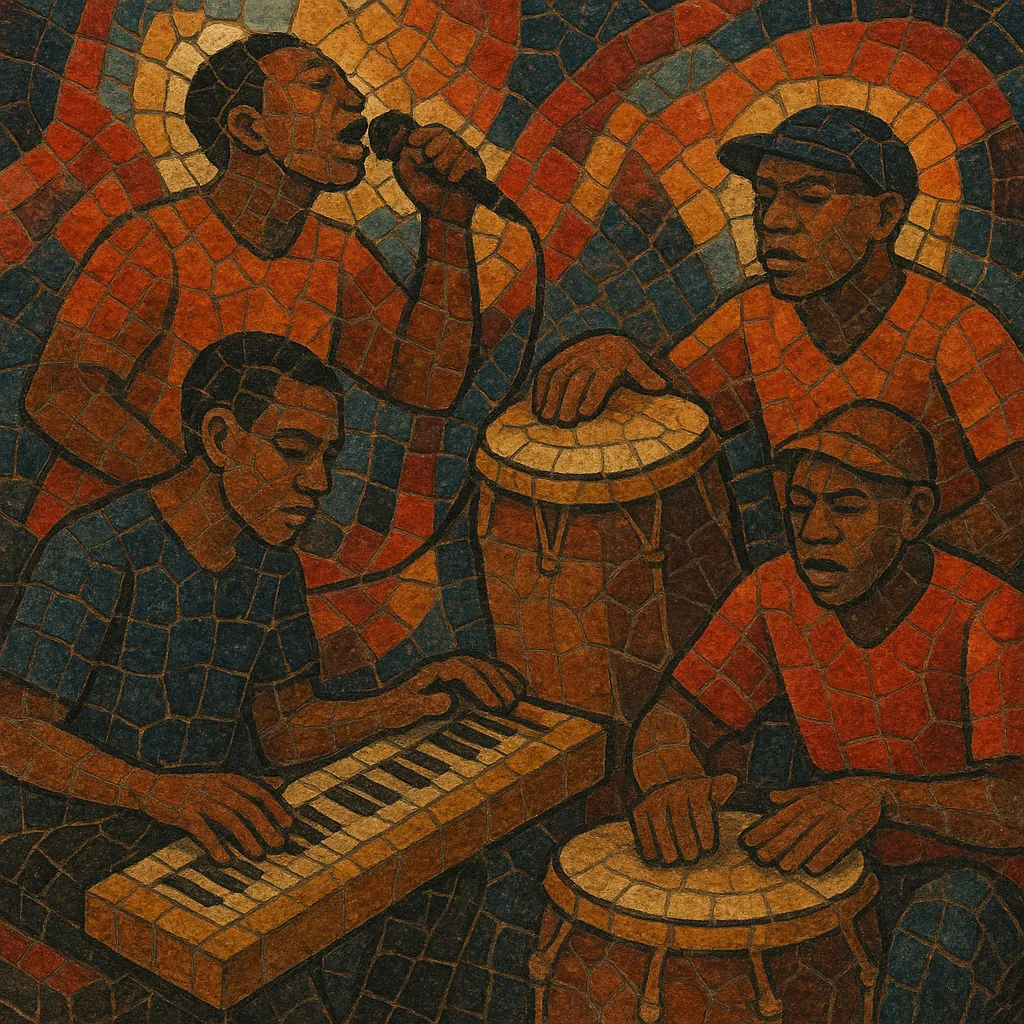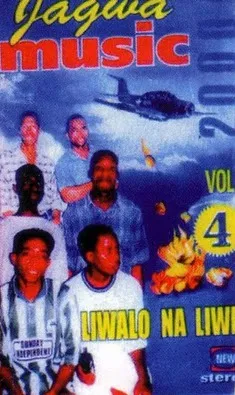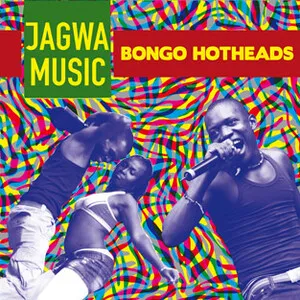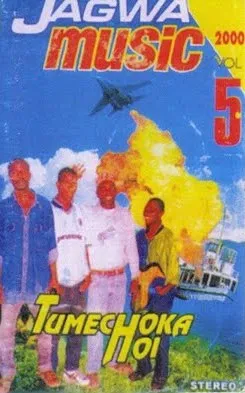Mchiriku is a high‑energy, street‑party music from Dar es Salaam, Tanzania, characterized by a driving battery of hand drums, shakers, and a cheap electronic keyboard pushed to lo‑fi extremes. The music is fast, raucous, and relentlessly dance‑oriented, with chant‑like vocals delivered in Kiswahili and local slang.
The style grew out of coastal wedding and neighborhood celebration circuits where affordability and portability mattered: small Casio/Yamaha keyboards supplied piercing leads and preset rhythms, while handmade percussion created dense, polyrhythmic grooves. Performances often last for long stretches, building a hypnotic momentum that turns open-air spaces into improvised dance floors.
Aesthetically, Mchiriku sits between Zanzibar’s taarab family (especially kidumbak) and urban ngoma drum traditions, but it strips harmony down to short, catchy riffs and foregrounds rhythm, call‑and‑response hooks, and crowd interaction.
Mchiriku emerged in working‑class neighborhoods of Dar es Salaam during the 1990s, when low‑cost electronic keyboards began circulating alongside long‑standing ngoma drum ensembles. Street and wedding party musicians adapted taarab/kidumbak call‑and‑response and local drum cycles to a louder, faster, and more rugged setup suited to open‑air celebrations, political rallies, and send‑off parties.
From the outset, Mchiriku was defined by speed, volume, and participation. A single small keyboard—often using preset beats and overdriven speaker tones—cut through layers of hand drums, tambourines, and shakers. Vocals were topical and plain‑spoken, addressing urban hustle, humor, warnings, and celebration, delivered in short chants that crowds could answer.
Through the 2000s, the style dominated many neighborhood parties in Dar es Salaam, even as studio‑based bongo flava rose on radio. Mchiriku remained largely a live, DIY scene with few formal recordings, but its reputation as the city’s raw dance engine grew.
In the early 2010s, touring by ensembles such as Jagwa Music brought international attention to Mchiriku’s ferocious, lo‑fi energy. At home, younger producers and MCs accelerated and digitized its templates, directly informing the emergence of singeli. Today, Mchiriku persists as a community performance practice and a foundational influence on faster, club‑ready Tanzanian styles.
-
•
Choose a fast preset beat and set tempo around 170 BPM.
•Program or loop a simple kick/snare grid; add off‑beat shaker.
•Create a hooky 2‑bar keyboard riff and a bass pedal note.
•Arrange call‑and‑response vocal chants.
•Insert short breaks and accelerations to drive audience participation.





